It’s Half-Marathon Season!


In the spring, there is a race on the road or the trail every weekend. From the Jingan Half Marathon in March to the Shanghai Half marathon in April and even the Chongming Island Ironman 70.3 in May, races within Shanghai alone are plentiful.
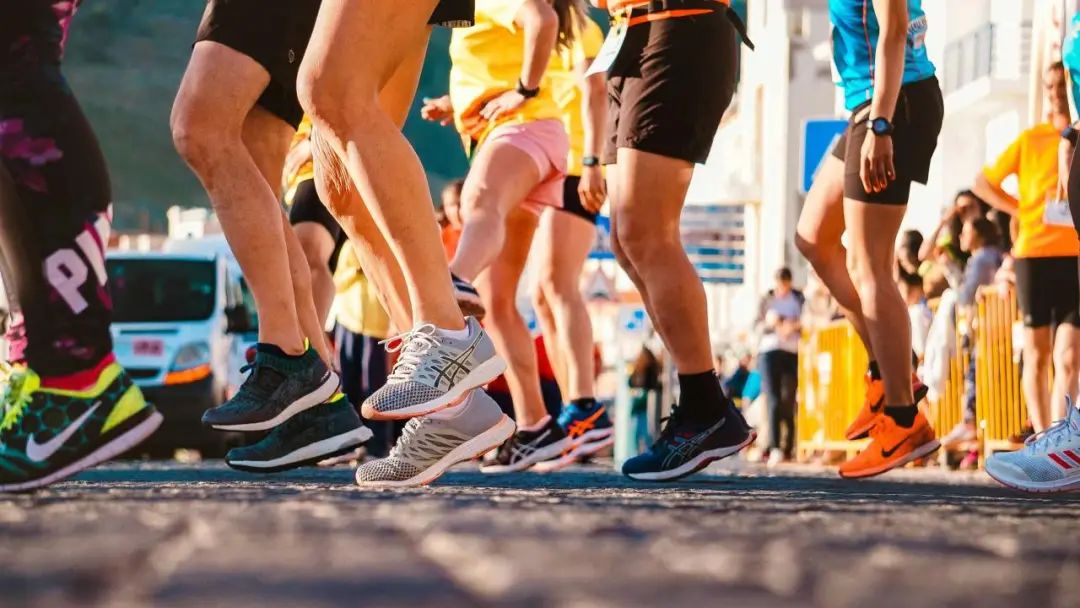
But if you have taken some time off from running, or never done longer distances before, it’s best to ramp up your training in a safe manner, while also ensuring an ample amount of rest and recovery is in your plan.
Physiotherapy is not only necessary after you feel pain, but it can also help to prevent injury by utilizing different practices such as strength training, mobility work and corrective moments ahead of race day.
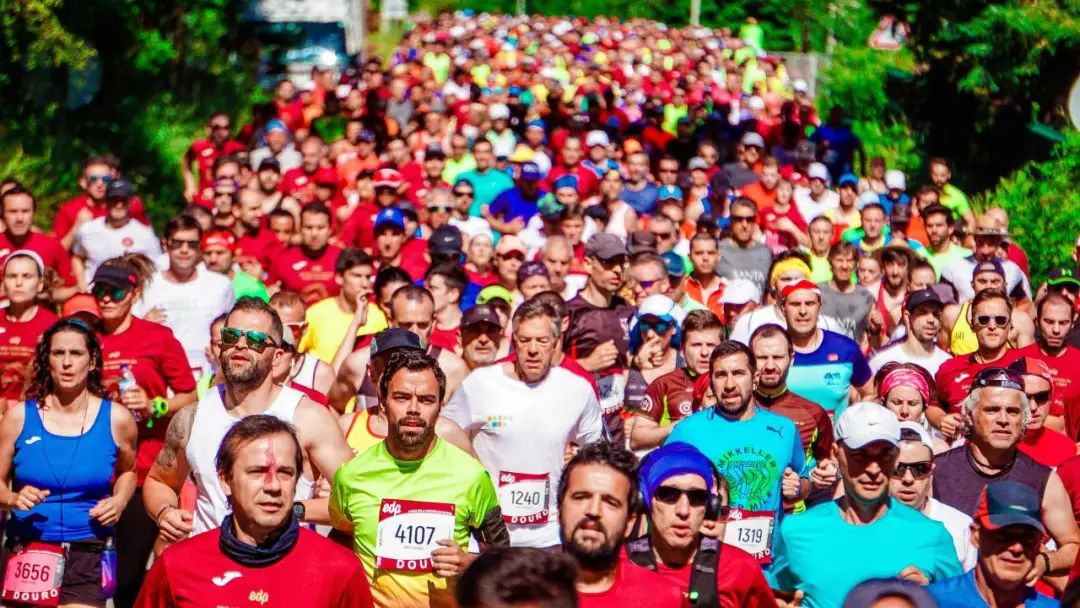
How can you ensure that you are going to be well-prepared for race day? Here are 10 ways to train safely and effectively:
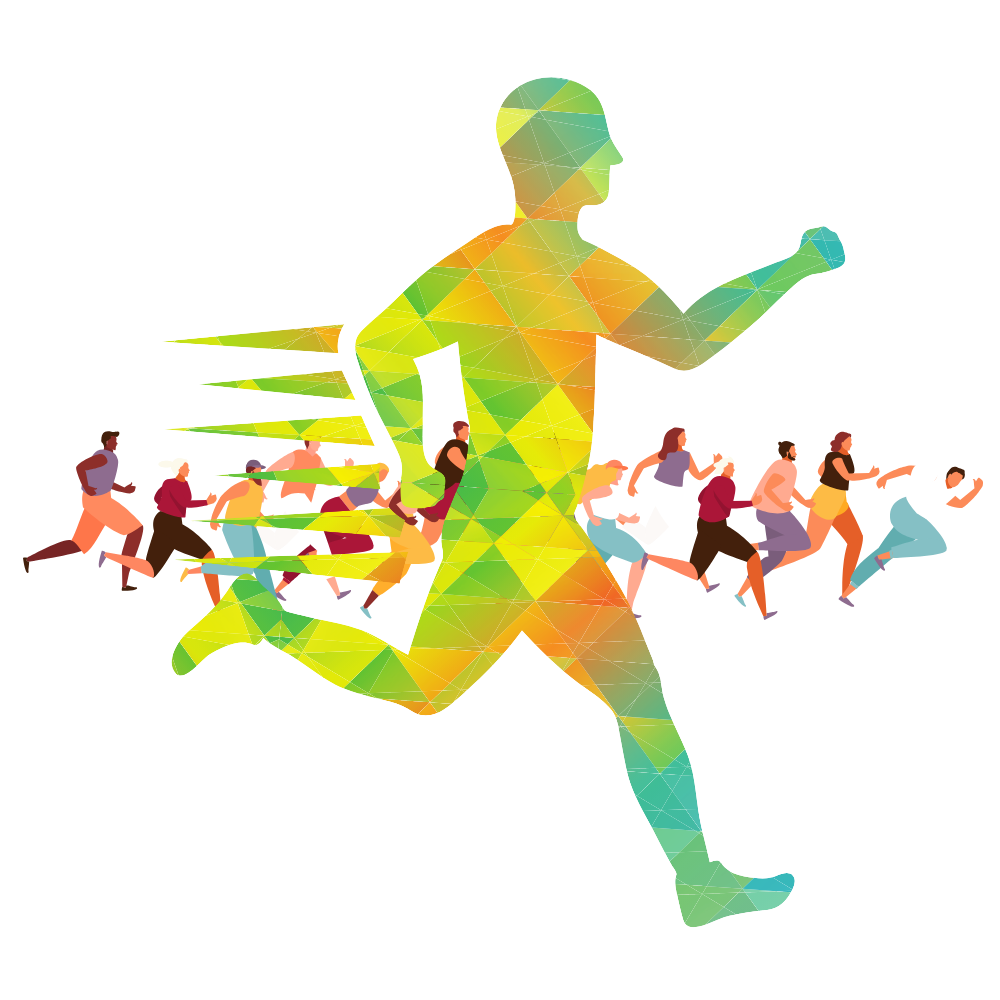
1.Go steady with your training!
Make sure that you don’t do too much, too soon. A general rule is building up each week by no more than about 10% each week, and also adding in a tapering week – or recovery week – about every fourth week or so.
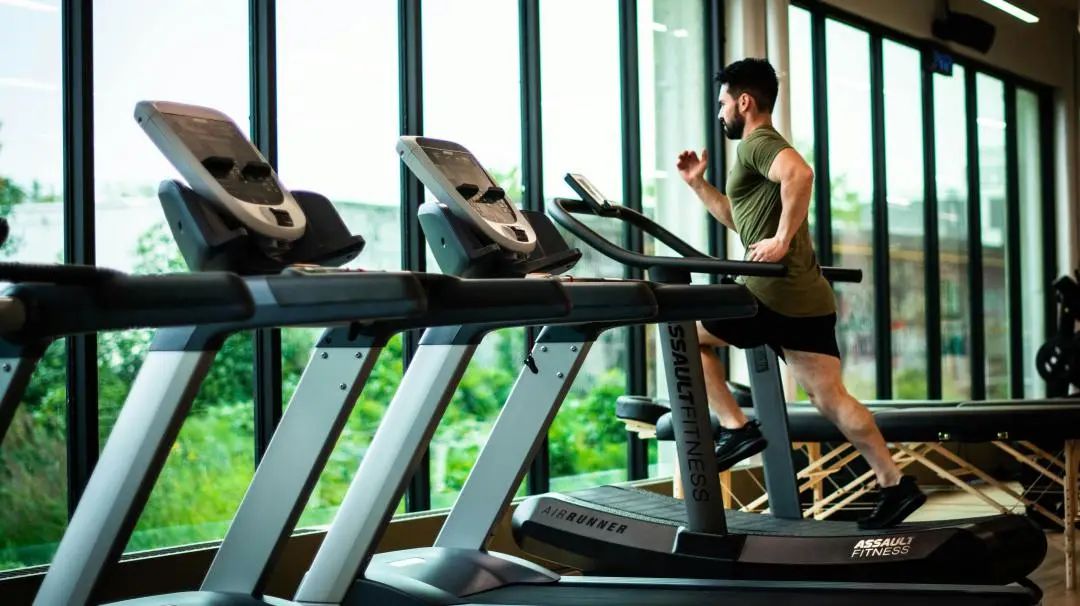

2.Follow the 80/20 rule!
80% of your runs should be at a comfortable training pace, while the other 20% are comprised of interval training, sprints or faster sessions.


3.Make sure you are eating enough!
If you are increasing your activity heavily, it’s important that you don’t cut back on your energy sources. Think of your body like a car engine: without the proper fuel, it can’t run. Eating protein after a workout helps with muscle repair and supports your immune system, while carbs give you the power to operate your engine. If you are training between 1-2 hours, you should have about 30 grams of carb per hour, longer sessions require even more.
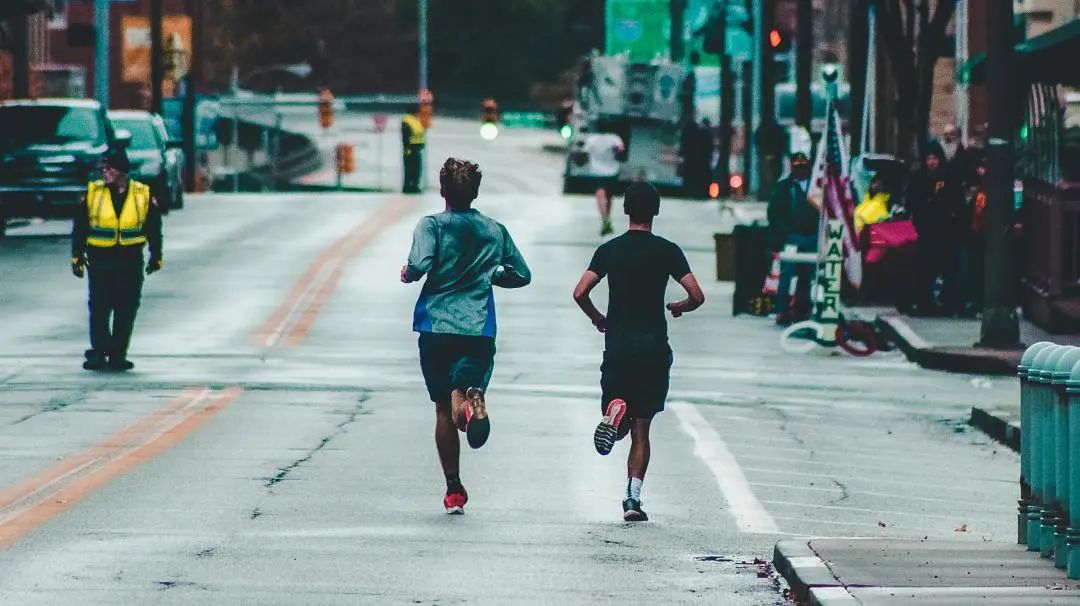

4.The same goes for hydration!
Getting enough water and electrolytes is essential to helping you perform safely and effectively. In the colder months, when the AC is on high and we wear our heavy coats, we risk not drinking enough water. Likewise, when it’s very hot, it’s hard to replace all the salt and electrolytes that we lose in training sessions. Learn to calculate your sweat loss ratio to make sure you are replenishing.
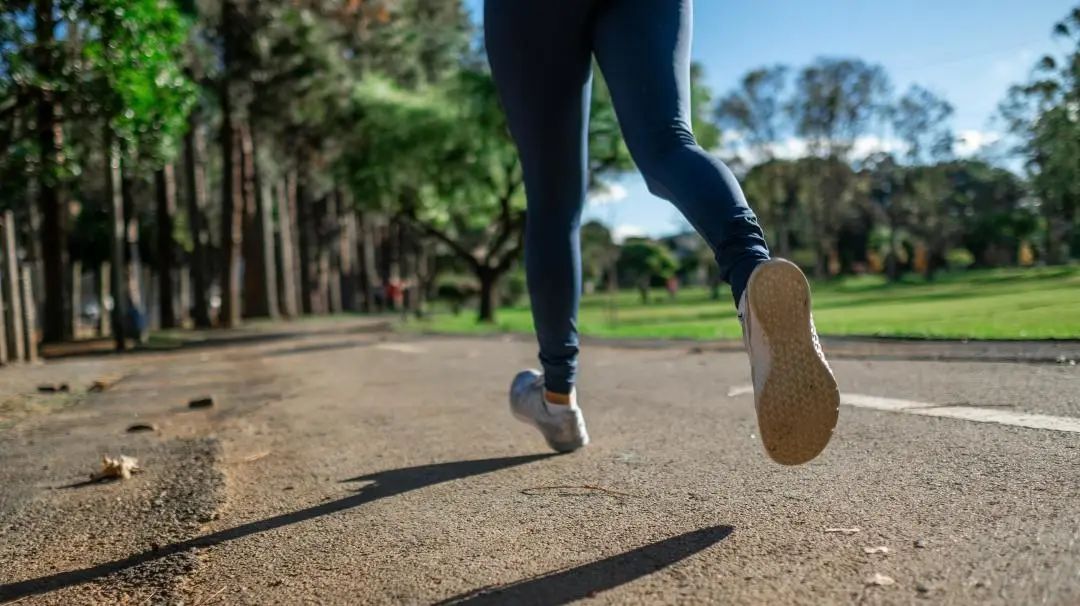

5.Make sure you’re not at risk for injury,
or to help minimize that risk!
Even if you haven’t been injured previously, it’s not a bad idea to consider getting some testing done to make sure you’re not at risk for injury, or to help minimize that risk! If you haven’t read about it before, our physiotherapists at UP love to use several different types of assessments, such as the Functional Movement Screen (FMS) or Y-Balance Test to assess a person’s biomechanics. The tools, and others, can help identify things like muscle imbalances or potential issues that might lead to injuries. They can then develop personalized exercise and mobility programs to correct these problems and reduce the risk of injury.


6.Biomechanical Analysis
A biomechanical analysis might also not be a bad idea. Through the use of video analysis and other tools, our physiotherapists can assess a runner’s gait. From this, they can help identify issues that may be affecting performance or causing injuries.
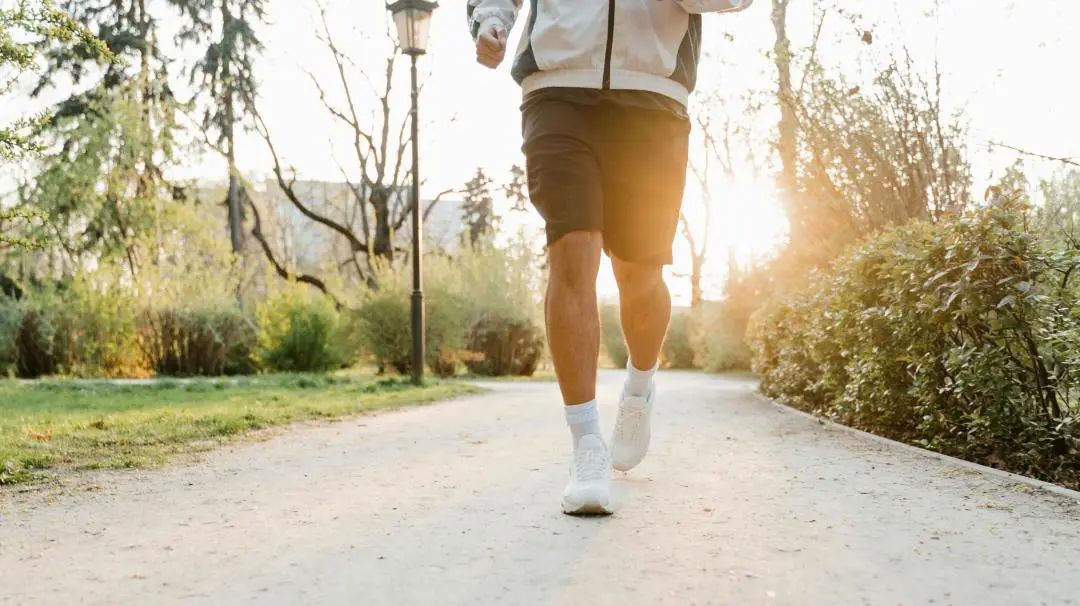

7.Pain management techniques
Long-distance running can eventually lead to some aches and pains, especially if you try to do too much too soon. Pain management techniques, including manual therapy and modalities like cupping and myofascial release can help to relieve discomfort and improve a runner’s overall comfort during training and racing.

8.Post-race relief
Let’s not forget about post-race or even after long training days. After a marathon, the body is fatigued, and the muscles need time to recover. Physiotherapists can employ techniques like post-race relief, manual therapy, and even air compression boots to help runners recuperate faster and reduce post-race soreness.
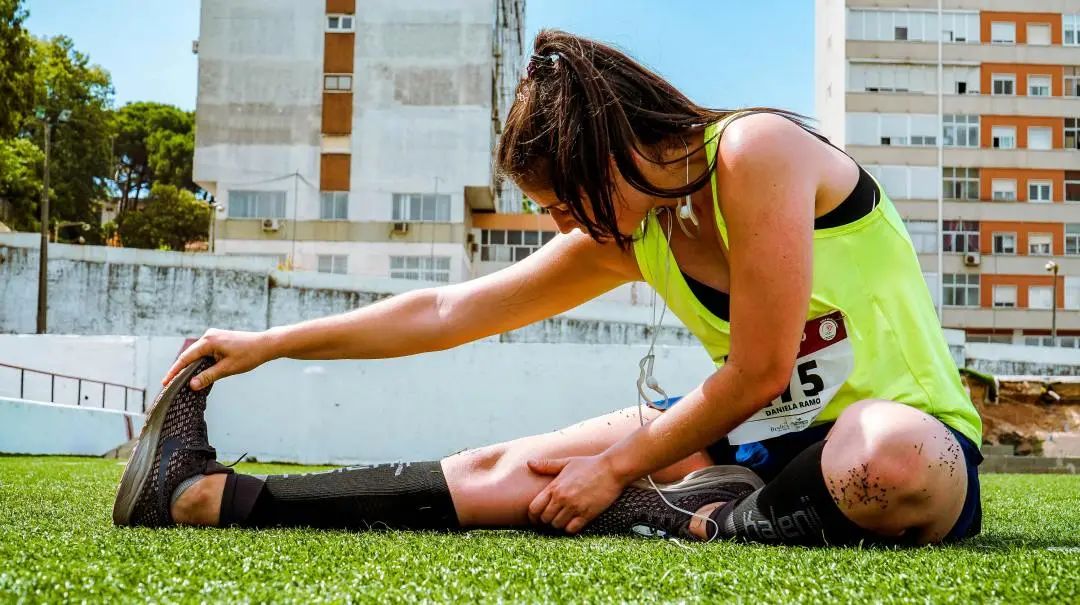

9.Deal with Injuries Promptly
In the unfortunate event of an injury, it’s important to come in as soon as possible to prevent any additional injury. Our providers will design and oversee rehabilitation programs to help runners recover as quickly as possible. This can include support such as manual therapy, exercises, and modalities to restore strength, flexibility, and mobility. And if the injury is really bad, we can get you up and running on our Alter-G (a treadmill that can support your body weight so that you can continue to run)!
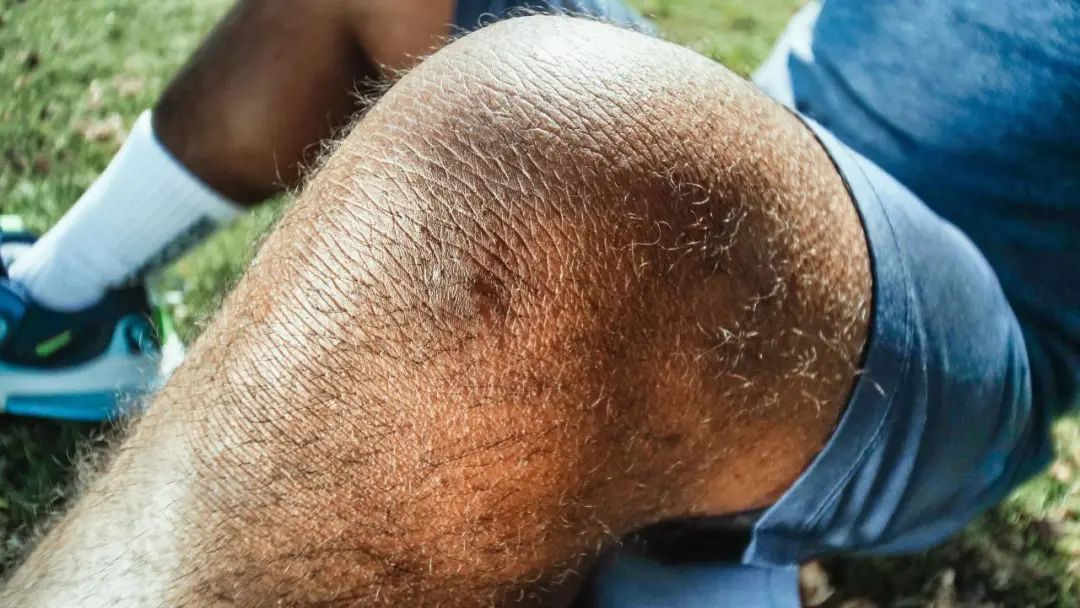

10.Exercise Prescription
Each runner’s needs and challenges are unique. Our physiotherapists at UP can provide personalized care and guidance based on an individual’s specific goals and physical condition.
If you think you might be in need of support before, after or through the whole process of your race training, reach out to our team so that we can best support you and your needs! Let’s help you cross the finish line as comfortably as possible!
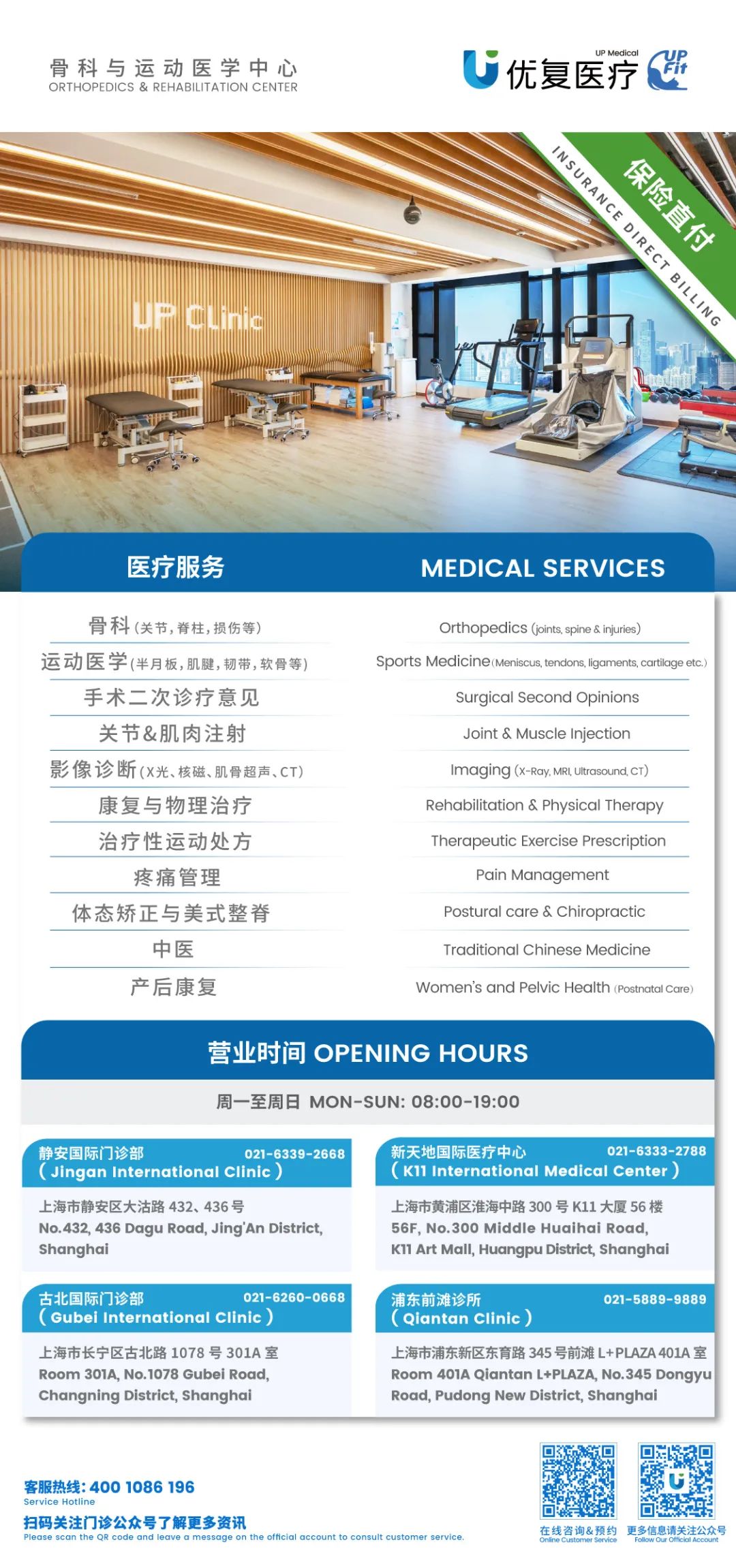
本篇文章来源于微信公众号: 上海优复康复医学门诊部

